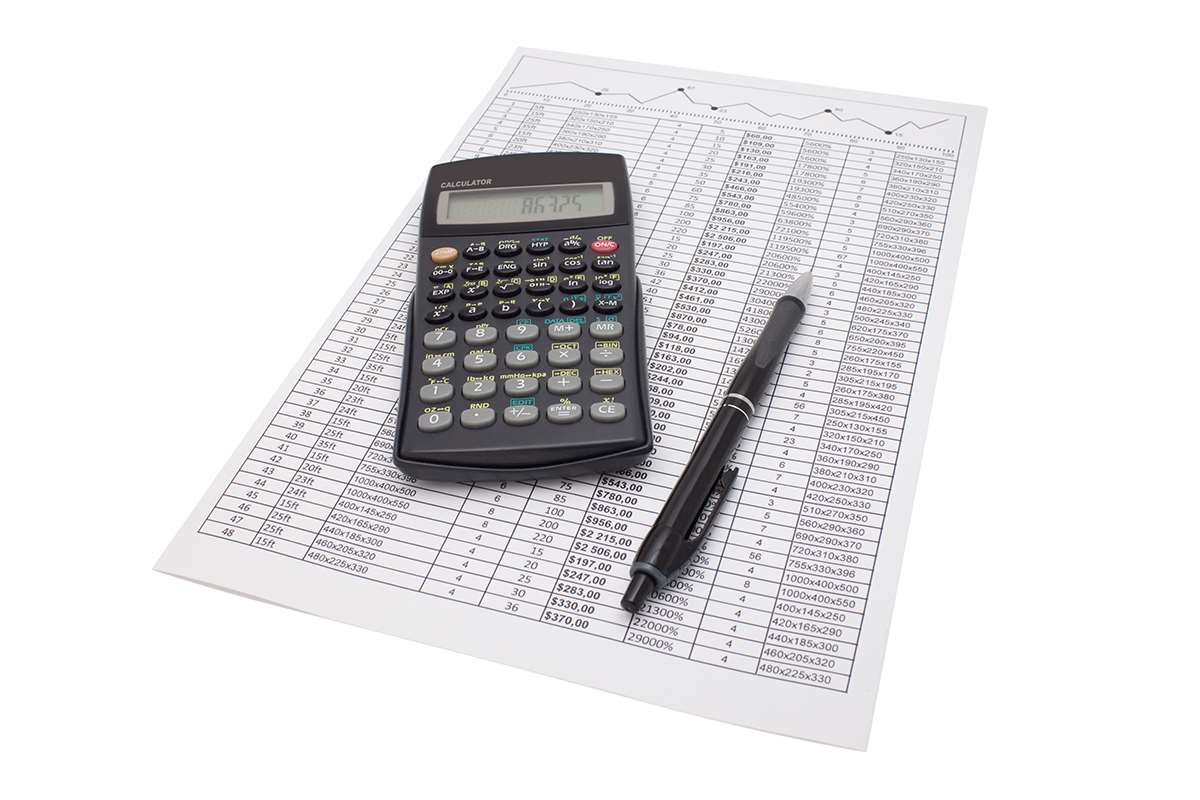
Fixed costs play a significant role in determining the cost structure of a business. They are essential for calculating the breakeven point and assessing the profitability of different fixed vs variable costs levels of production or sales. Variable costs, on the other hand, directly impact the cost per unit and are crucial for pricing decisions and cost control. Understanding your fixed and variable costs is essential for running your business effectively and efficiently. From an accounting perspective, fixed and variable costs will impact your financial statements. For instance, you can’t calculate cash flow or pretax income without considering these expenses.
How to Reduce Fixed Costs
- Making informed decisions about business expenses can help drive profitability.
- They are incurred whether a firm manufactures 100 widgets or 1,000 widgets.
- Fixed costs typically stay the same for a specific period and they are often time-related.
- For example, a factory may have a semi-variable power utility cost, where the business must pay a fixed cost of $2000 per month, regardless of production level.
Dear auto-entrepreneurs, yes, you too have accounting obligations (albeit lighter ones!). From understanding the rates that apply, to choosing the scheme and making the declaration, we cover everything you need to navigate the world of VAT with peace of mind. They are charged to the company, whatever its activity and turnover.
Adjust variable expenses based on income changes
- The most common examples of fixed costs include lease and rent payments, property tax, certain salaries, insurance, depreciation, and interest payments.
- I.e., variable costs increase with output but fixed costs broadly stay the same.
- Because the overtime wages are due to a rise in sales, they are variable.
- A company with a high market cap but significant debt may not be as strong as one with a lower market cap but minimal debt and high cash reserves.
- Deciding in advance how much to spend on things like dining out, entertainment, and shopping keeps finances in control.
- For example, if a salesperson earns a 5% commission on cupcake orders, a $1,000 order costs the bakery $50 in commissions.
- In businesses with commission-based roles, costs increase with sales.
Calculating variable costs can be done by multiplying the quantity of output Retail Accounting by the variable cost per unit of output. Suppose ABC Company produces ceramic mugs for a cost of $2 per mug. If the company produces 500 units, its variable cost will be $1,000. Lastly, understanding the difference between fixed and variable costs (and how each works) is important to be able to leverage economies of scale as you grow. For example, if you’re manufacturing a physical product, then the cost of raw materials will be a variable cost. If you sell more widgets, you’ll need to buy more widget components, and so the variable cost of raw materials increases.

Variable Cost vs. Fixed Cost: What’s the Difference?

Some months cost more than others, so it’s good to allow small adjustments. If one category goes over, cutting back in another can keep the budget balanced. This is something that needs to be done on a weekly – maybe even daily basis to stay on top of. Tracking spending makes it easier to stay on top of financial goals.

Raw Materials

Thus, a business will incur fixed costs even when there is no business activity. Examples of fixed costs are rent, insurance, depreciation, salaries, and utilities. A ledger account common fixed cost situation for a business is a building that must be heated and air conditioned, even if no one is currently occupying it. Some of these remain static regardless of output, while others will fluctuate.

لا تعليق